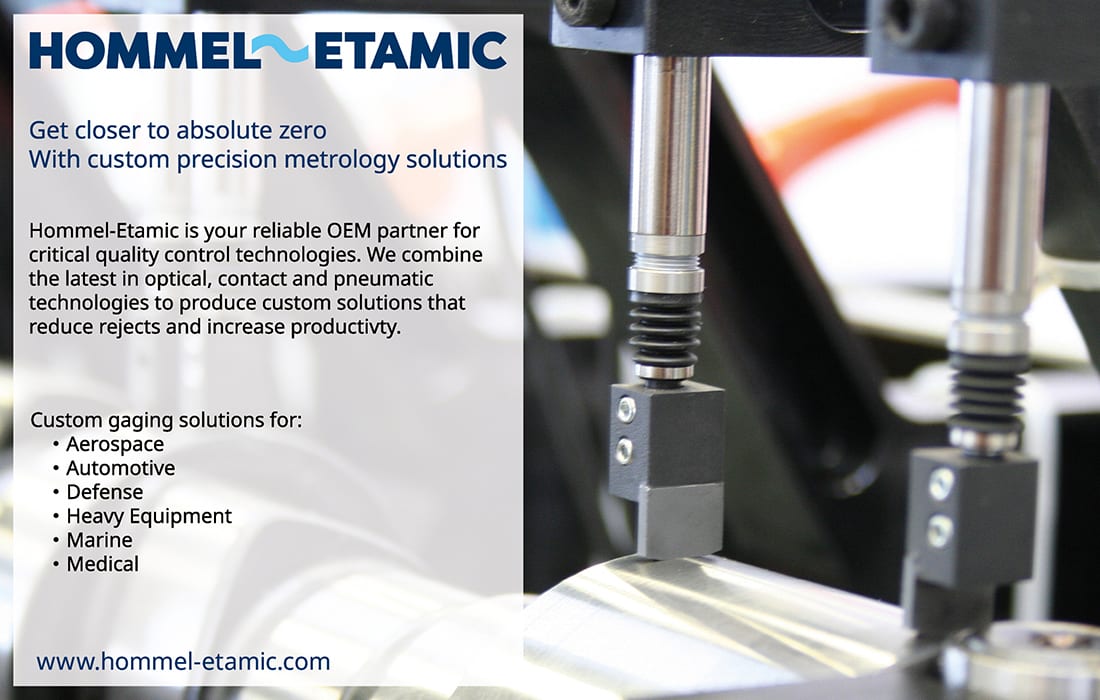Speaking of Quality
Dr. Rhonda Farrell
Speaking of Quality | Dr. Rhonda Farrell
What all industries can take away for enhanced value realization.
Innovation and Smart Manufacturing

Smart manufacturing, like many other industry “smart” initiatives, harnesses a plethora of integrated people, process, and technological elements to drive successful value creating outcomes. Smart manufacturing employs computer-integrated manufacturing, high levels of adaptability and rapid design changes, digital information technology, and more flexible technical workforce training to drive fast changes in production levels based on demand, optimize the supply chain, and drive efficient production and recyclability. It has interoperable systems, multi-scale dynamic modelling and simulation, intelligent automation, strong cyber security, and networked sensors.
Innovation management allows organizations and their internal and external stakeholders to harness a systemic approach to integrating innovation into all the layers of the organizations in order to seize and create opportunities for the development of new solutions, systems, products and services.1
American Society for Quality’s (ASQ) Innovation Technical Community leaders have helped shape the innovation management scope and approach as codified in the ISO 56000 series of standards, per Table 1.
Future standards, yet to be released include:
1) ISO 56000 - Innovation management — Fundamentals and vocabulary;
2) ISO 56005 - Innovation management — Tools and methods for intellectual property management — Guidance;
3) ISO 56006 - Innovation management — Strategic intelligence management — Guidance; and
4) ISO 56007 - Innovation management — Idea management.
An examination of Smart Manufacturing through the lens of the eight Innovation Management principles offers an opportunity to ensure that a baseline level of organizational readiness exists to harness these advanced capabilities to ensure continuous value creation, adaptation, evolution, and optimization success.
Technology Change Enables Titanic Shifts
Technology plays a central role in enabling smart manufacturing success and the exploitation of insights to further optimization outcomes, when an integrated systems approach is used from the bottom up. Smart manufacturing is inclusive of many different technologies, including big data processing capabilities, industrial connectivity devices and services, and advanced robotics.2
Data, today’s new oil, when paired with analytics, robotics, additive manufacturing (3D-printing), cloud computing, ubiquitous connectivity, smart sensors, smart manufacturing execution systems (MESs), augmented reality, digital twin modeling, and orchestration drives large shifts in positive value creation.3
“By gathering data at every opportunity and examining workflows, points of inefficiency can be quickly identified and the real issues exposed. A data-first strategy promotes looking under the hood of the business to assess in granular detail where time and money is being wasted and where weak points might present a security risk” --- Francois Zimmermann EMEA Field CTO, Tableau Software
Process Changes Are Powerful Too
Enabling processes heighten traceability to relevant strategy driven key performance indicators (KPIs), enhance risk remediation through the capture of previously hidden cause and effect correlations, enables self-corrections, and heightens value realization through the integration and visualization of key insights.4
The People Side of Change Enables Exponential
Key to success in this area is a culture of innovation, harnessing future focused thought leadership from internal and external sources. Per ISO 56000 content, an innovative and agile organization is able to “harness the creativity and motivation of every member of the organization and ultimately improving the company’s collaboration, communication and performance” and ultimately “drives the ability to manage innovation effectively, be it in the form of product, service, process, business model, or organizational innovation from incremental to radical”.
Ultimately, the use of smart manufacturing technologies, melded with innovative process change and workforce enhancements work to drive value chain optimization levels higher.

